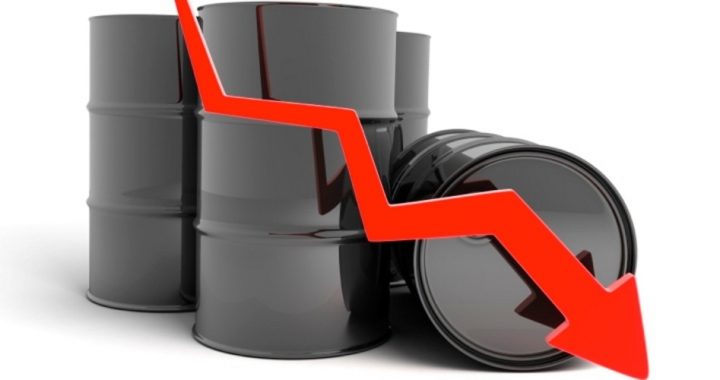
According to oil seers, there are two magic numbers: the five-year average of five billion barrels in crude-oil reserves held around the world in salt caverns, oil tankers, and oil storage tanks; and $60 for a barrel of oil, priced in London.
In January there were 318 million barrels of “surplus” crude above that five-year average, but by the end of September that number had dropped to “only” 170 million barrels of “surplus.” Oil traders saw the trend toward “balance” — that magical, mystical, and entirely theoretical moment when worldwide crude-oil inventories would hit that five billion barrel marker and thus be “balanced” — and started getting excited. Placing bets that oil prices would move higher as worldwide inventories continued to drop, they placed bullish bets in the futures market, which hit new highs in September.
But according to the monthly report issued by the International Energy Agency (EIA) on Thursday, that’s likely to be as good as it’s going to get: “Taking 2018 as a whole, oil demand and non-OPEC production will grow by roughly the same volume, and it is this current outlook that might act as a ceiling for aspirations of higher oil prices.”
That’s how oil analysts write when they mean to say this: Oil refiners aren’t likely to be paying much more than they are now for crude oil for at least the next year, so you traders had better pay attention.
Or, put another way, it’s all up to OPEC as to whether their agreement to cut production will in fact reduce world crude-oil production. Those oil seers are no doubt waiting breathlessly for the November 30 meeting of the cartel in Vienna to see what OPEC will do.
In the meantime, American oil frackers are continuing to produce at a record pace, with total U.S. production of crude expected to hit 10 million barrels a day early next year — up nearly 50 percent since 2010. Now that the summer driving season has ended, and the refineries on the country’s gulf coast are back in business following the devastation caused of the hurricanes, it’s full speed ahead for them. As Nick Cunningham noted at OilPrice.com, “U.S. shale is expected to plug the deficit” that OPEC might be able to wring out of its recalcitrant members.
There are other reasons to be skeptical of further declines in world oil inventories: Oil rigs in the North Sea (between Great Britain and Norway) are completing their maintenance protocol and will shortly be back online, as are rigs in Brazil, Azerbaijan, and Kazakhstan. Countries such as Venezuela, the United Arab Emirates, Nigeria, and Libya have great motivation to continue to ignore restraints put in place by OPEC and out-produce their assigned quotas. And any price above $30 a barrel is plenty of incentive for American producers to increase output as they work to reduce their lifting costs ever lower.
Goldman Sachs agrees: World production in the first quarter of 2018 will be so robust that it will not only exceed increasing world demand, but start adding back to those world crude-oil reserves that the seers and traders continue to focus on.
In all, $60 a barrel for OPEC remains an elusive target. That’s why they invited the U.S. energy industry to join their cartel last week, and why rumors persist that they will likely extend their oil production cut from March 2018 to the end of the year at their meeting in Vienna next month.
An Ivy League graduate and former investment advisor, Bob is a regular contributor to The New American magazine and blogs frequently at LightFromTheRight.com, primarily on economics and politics. He can be reached at [email protected].
Related article:



